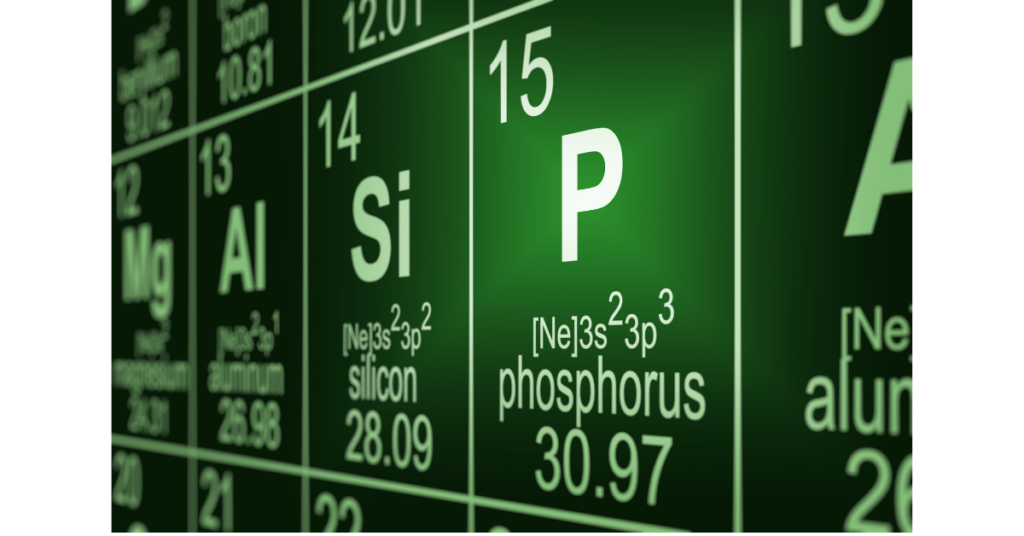Phosphorus – Homeopathic Remedy
Known as the ‘light-bearer’, phosphorus tends to catch fire as soon as it is exposed to air and was once used in the manufacture of both fireworks and matches.
Description
This element is an important constituent of the human body, found mostly in the bones, teeth and DNA (genetic material). White phosphorus, the form used in homeopathy, is highly inflammable and poisonous. It is stored under water due to its tendency to catch fire when exposed to air.
Uses
Homeopaths may prescribe this remedy for:
Nervous tension due to stress and worry displaying the following symptoms: Sleeplessness, exhaustion, indigestion, often burning pains in chest and abdomen.
Digestive problems displaying the following symptoms: Vomiting and nausea, heartburn, acid indigestion, stomach ulcers, gastro-enteritis.
Bleeding displaying the following symptoms: Bleeding from minor wounds, stomach and gums, nosebleeds, heavy menstrual bleeding.
Respiratory problems displaying the following symptoms: Very bad coughs accompanied by retching and phlegm mixed with blood, pneumonia, bronchitis, asthma, laryngitis.
People requiring this remedy will feel worse: In the evening and morning, before/during a thunderstorm, after excessive physical activity, eating hot food and drink, lying on the left side.
People requiring this remedy will feel better: In the fresh open air, lying on the back or right side.
People suitable for this remedy are generally loving, caring types who possess a vivid imagination and an artistic streak. They are naturally gregarious and positive, although they can’t always live up to their promises. Phosphorus-types like to be shown sympathy when feeling out of sorts, especially in the form of physical affection. Fears include dying, the unknown and lack of success at work. They also tend to suffer digestive upsets.
The information given on this site about homeopathic remedies is just a general overview. Classical homeopathy takes all the patient’s symptoms into account and prescribes upon the “Totality of Symptoms”, thus finding the precise remedy that matches the patient’s symptoms perfectly.
Here, at The CMA we recommend that anyone interested in learning more about homeopathy and the fascinating remedies that homeopaths use should take an introduction course to homeopathy, which will help you to understand how to become a good home first-aid prescriber. This is ideal for ‘acute symptoms’. However, if you want to learn more – with a view even to becoming a professional homeopath, who is educated highly enough to be able to treat chronic conditions, you’ll need to be prepared to spend many years learning this vast and fascinating topic – along with anatomy, physiology and pathology, history of medicine, homeopathic philosophy, and much more. You’ll find both kinds of courses here on this site – head to our section on Find a CMA Member and search under CMA Registered Training Schools.

